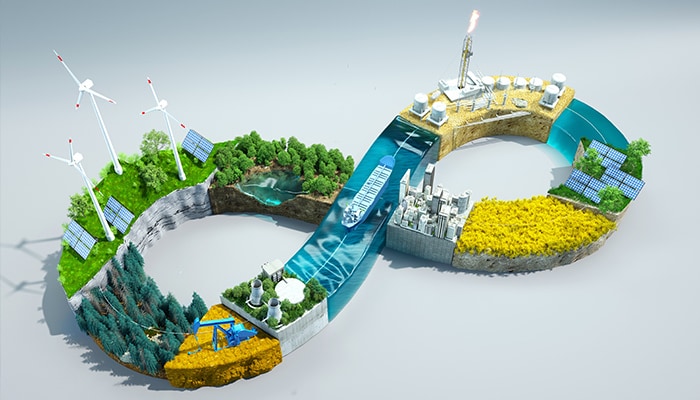Environment
- Well-Being of the Earth
- Carbon-Free Society
- Recycling-Oriented Society
- Environmentally Friendly Products and Services
- Living in Harmony with Nature
- Environmental Contribution
- Environmental Management System
- Detailed Environmental Impact Data
- Environmental Accounting
- Eco-First
- History of Shimadzu‘s Environmental Activities
- Information for Mercury-containing Products
Society
- Human Life and Well-Being
- Industrial Development and a Safe and Secure Society
- Advancements in Science and Technology
- Improving Development and Manufacturing Capabilities
- Developing Human Resources
- Diversity, Equity & Inclusion
- Respect for Human Rights
- Sustainable Procurement
- Harmony with Local Communities














